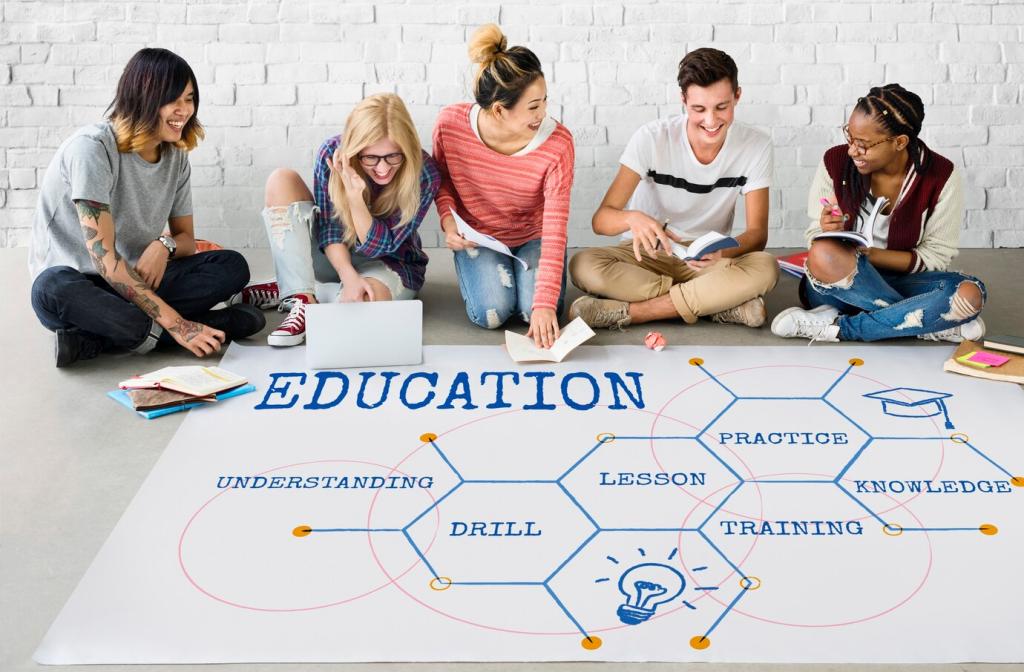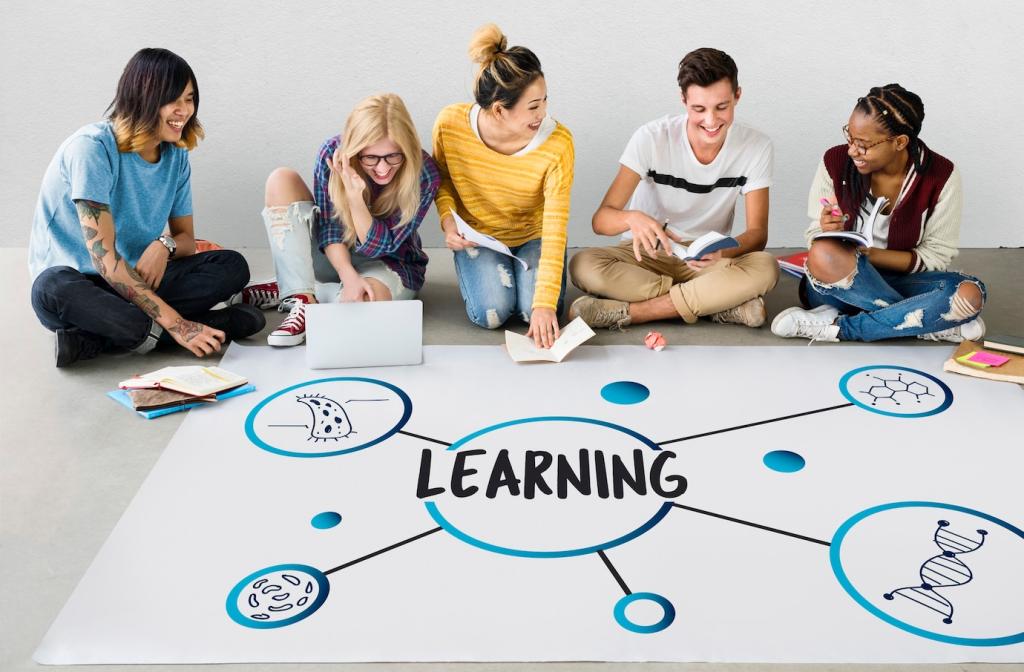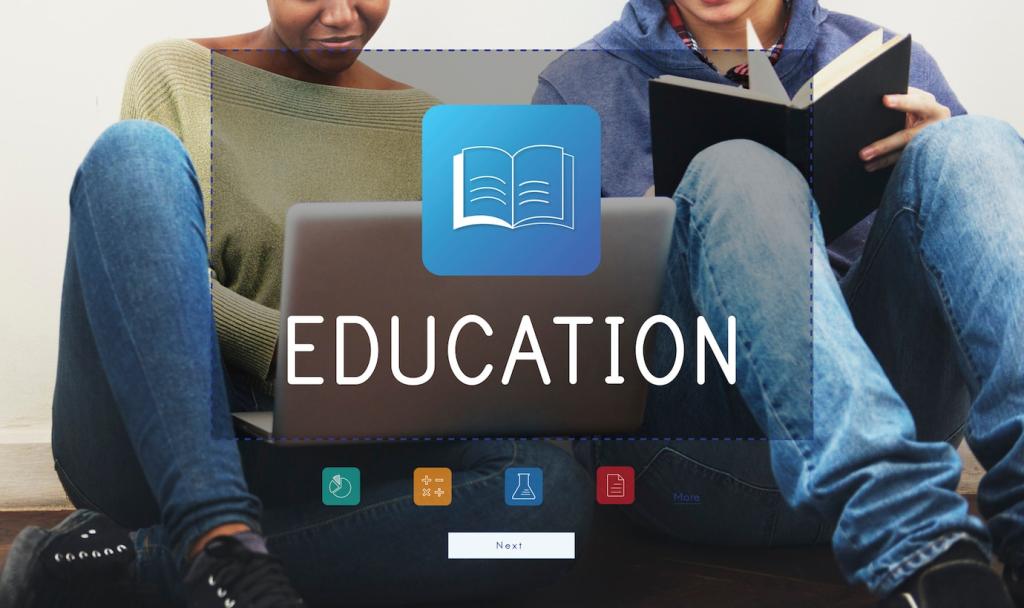Cultural Impacts of IT in Education: Stories, Lessons, and Futures
Chosen theme: Cultural Impacts of IT in Education. Join us as we explore how digital tools reshape classrooms, identities, and communities worldwide—fostering connection, challenging norms, and inspiring new ways to learn. Share your experiences, subscribe for fresh insights, and be part of a global conversation shaping education’s cultural future.

Global Classrooms Without Borders
A Science Project Across Time Zones
A Kenyan and Finnish class co-designed a water-quality study, meeting online at dawn and dusk. Students compared river samples, then swapped proverbs about water stewardship. Science became a bridge for empathy, and every data point carried a story. Tell us: what cross-border collaboration shifted your view?
Language Tools as Cultural Bridges
Auto-translation makes collaboration possible, yet nuance matters. Students learn why one idiom charms in Spanish but confuses in English, and how emojis can misfire across cultures. Invite your learners to collect phrases that defy translation, then discuss why. Share your favorite classroom translation moment below.
Digital Citizenship Shaped by Context
In some classrooms, camera-off means respect for privacy; elsewhere, it signals disengagement. The same emoji can mean sarcasm or support. Co-create digital norms with students across cultures, then revisit them. What local custom changed your online etiquette? Comment and help us map mindful, global netiquette.
Preservation or Homogenization?
Platforms for Locally Authored Curriculum
When students author lessons about neighborhood history, dialects, and recipes, platforms become cultural archives. A rural class in Mexico digitized elders’ stories, pairing audio with maps and original art. If you’ve built local curriculum online, share your tools, pitfalls, and wins so others can learn.


Algorithms and Cultural Monocultures
Recommendation engines often amplify dominant languages and trends, marginalizing smaller voices. Teach learners to audit feeds, diversify sources, and question who benefits. Try a weekly ‘algorithm detour’ challenge and discuss outcomes. What small strategy helped your class escape the echo chamber? We’d love to hear.

Access, Equity, and the Digital Divide
When video-heavy lessons favor urban schools, rural and remote identities fade from view. Offer low-bandwidth options, offline packets, and audio-first stories. A teacher in Nepal mailed USB drives with podcasts students co-produced. What inclusive design choices broadened participation in your context? Drop practical tips for peers.
Identity, Voice, and Youth Agency
Students curated e-portfolios mixing family recipes, migration maps, and local music loops. A quiet ninth grader blossomed after publishing a bilingual zine, then mentored peers. Encourage narrative ownership, not perfection. What digital storytelling prompt unlocked authentic voice in your class? Share a template for others.
Identity, Voice, and Youth Agency
Teach privacy as a practice: pseudonyms for public posts, consent for photos, and circles for sensitive work. Role-play dilemmas about doxxing and digital footprints. Cultural norms vary—surface them, then co-write a safety charter. What scenario sparked the best discussion in your class? Add it to our list.


Teachers as Cultural Designers
Begin units with a community artifact share, then map assets using collaborative whiteboards. Rotate student curators to feature local voices. Use polls to surface norms rather than impose them. What routine reliably brings culture into the workflow of your lessons? Post it so others can adopt.

Families, Communities, and Lifelong Learning
A school used multilingual chat groups with voice notes and translated summaries. Parents shared festival dates and homework tips, building trust. Invite parent ambassadors to co-moderate. What message sparked the warmest response in your community channel? Share the phrasing that made inclusion feel natural.
Families, Communities, and Lifelong Learning
Students measured loom tensions, coded microcontrollers, and interviewed artisans about dye traditions. Cultural craft met computation. Publish bilingual build guides and credit elders. Have you fused local technique with digital fabrication? Post photos or a guide and we’ll feature it in a future roundup.


Ethics and the Road Ahead
AI Tutors With Cultural Sensitivity
Prototype prompts that require AI to ask about local context before suggesting examples. Pilot in mixed-language classes and collect reflections. Teach students to interrogate outputs for bias. If you’ve crafted culturally aware AI guidelines, share them so we can compile an open, evolving playbook.

